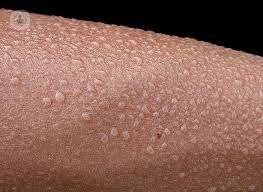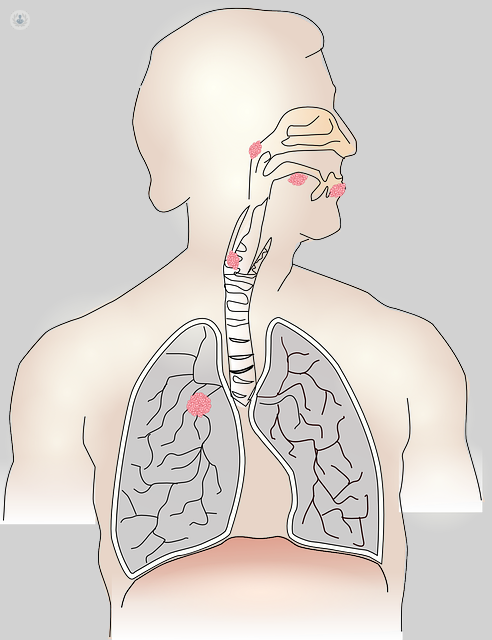Pleural effusion
Pleural effusion is an accumulation of fluid between the layers of tissue that line the lungs and chest cavity. The body produces pleural fluid in small amounts to lubricate the surfaces of the pleura, the thin tissue that lines the chest cavity and surrounds the lungs. A pleural effusion is an abnormal collection of this fluid. They can be of two types. Transudative pleural effusions are caused by fluid leaking into the pleural space, which is caused by high pressure in the blood vessels or low protein content in the blood. The most common cause is congestive heart failure. Exudative effusions are caused by blocked blood vessels or lymph vessels, inflammation, lung injury and tumors. The goal of treatment is to remove the liquid, it becomes evtiar to accumulate and determine the cause of accumulation. The removal of fluid (thoracentesis) can be performed if there is a lot of this and is causing pressure in the chest, shortness of breath or other breathing problems, such as low oxygen levels. Removing the fluid allows the lung to expand, making breathing easier.












